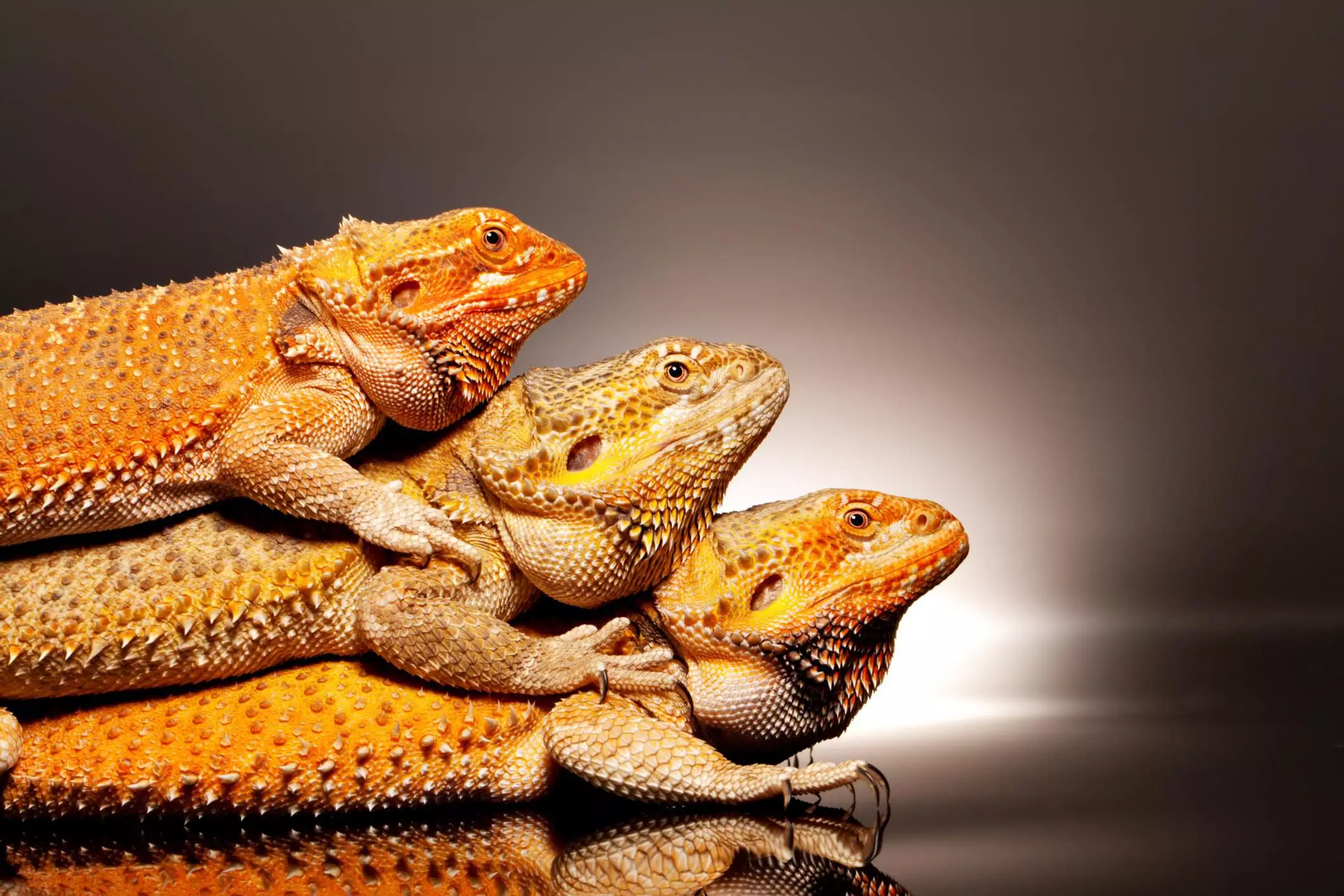Keeping bearded dragons together raises a myriad of questions for both new and seasoned reptile enthusiasts. While community care of these fascinating creatures is often discussed in various online forums, the consensus remains ambiguous. The ability of bearded dragons to coexist harmoniously in the same habitat largely depends on several factors, including individual temperaments and environmental setups. This article explores the key considerations when contemplating whether to keep bearded dragons together.
A primary consideration for housing multiple bearded dragons is the size of their enclosure. Bearded dragons thrive when they have enough room to establish their territory. For those interested in cohabitating these reptiles, a spacious habitat is essential. Ideally, a minimum of a 125-gallon tank should be utilized for housing more than one bearded dragon. This ample space allows each dragon a comfortable zone, reducing the chances of territorial disputes and stress. Inadequate space can lead to aggressive behaviors and health issues, as the reptiles may compete for resources.
When planning to keep bearded dragons together, size compatibility plays a critical role in ensuring a peaceful environment. Keeping dragons of similar sizes can minimize the risk of bullying or dominance behaviors, which are more likely to occur when a larger dragon is housed with a smaller counterpart. Additionally, gender dynamics must be carefully managed: it is advisable to house only one male in an enclosure to mitigate aggressive interactions. Males can exhibit dominance, especially during the breeding season, which can lead to serious harm to both males and females.
The age and health status of the bearded dragons involved are equally important. Females should ideally not be placed with males until they reach two years of age, a stage when they are physically mature enough to handle the stressors of mating. It’s critical to ensure that all dragons are in excellent health before considering cohabitation. Younger or unhealthy dragons are at higher risk of complications such as egg binding, which can be life-threatening and should be avoided at all costs.
Despite meeting all the recommended conditions for cohabitation, individual behaviors can be unpredictable. Even bearded dragons that appear compatible may not always get along. Frequent monitoring is necessary, especially during initial introductions. Positive interactions can quickly turn negative, and potential conflicts must not be ignored. Therefore, be prepared for the possibility of needing to separate the dragons if signs of stress, aggression, or injury arise.
While bearded dragons can be housed together under specific conditions, there is no one-size-fits-all answer. Factors such as enclosure size, gender, age, health status, and individual temperament all play significant roles in determining their compatibility. The journey of co-housing these reptiles requires careful consideration, patience, and readiness to adapt as circumstances evolve. With the right approach, it might be possible to create a harmonious environment for multiple bearded dragons, enhancing both their quality of life and the joy they bring to their keepers.

